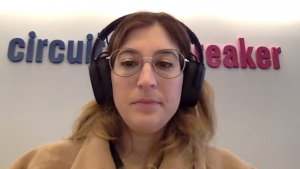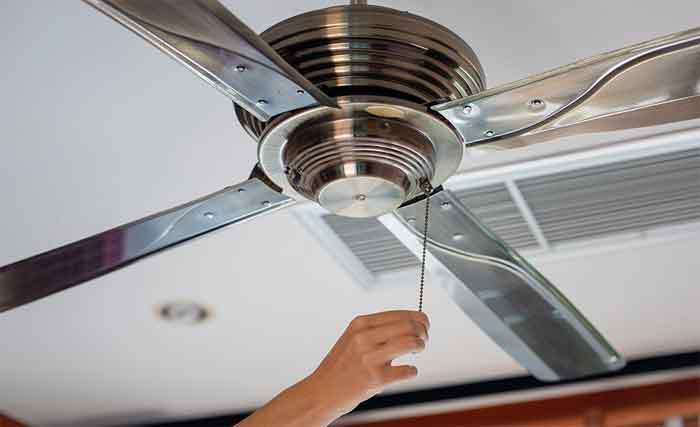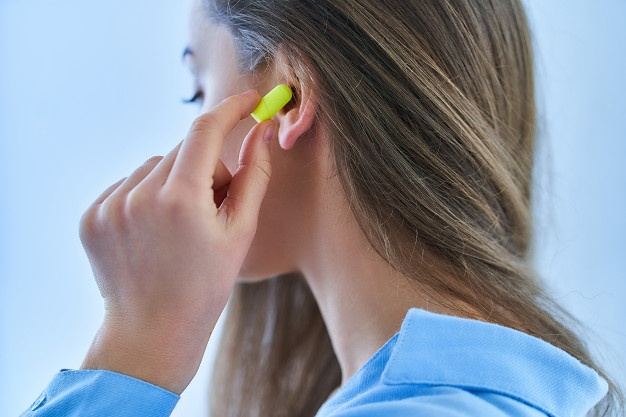Do Noise Cancelling Headphones Protect Hearing
The growing popularity of noise cancelling headphones has sparked debates on whether they effectively protect users’ hearing. This article aims to examine the divergent opinions on the topic, presenting insights from both headphone manufacturers and audiologists specializing in hearing health.

Perspectives of Headphone Manufacturers
Headphone manufacturers often emphasize the benefits of noise cancelling technology. They claim that active noise cancellation (ANC) significantly reduces ambient noise, creating a more immersive audio experience. By blocking out external sounds, users may be less inclined to turn up the volume to potentially damaging levels, which, in turn, could help protect their hearing.
Manufacturers also assert that noise cancelling headphones promote a stress-free environment, making it easier for users to focus on their activities without distractions. Consequently, this enhanced focus might lead to reduced overall audio exposure and, consequently, reduced risk of hearing damage.
However, some critics argue that manufacturers sometimes overstate the hearing protection capabilities of their products, encouraging users to believe they are entirely shielded from harmful noise levels. The truth is that noise cancelling headphones cannot entirely eliminate all external sounds, especially sudden loud noises, which can still pose a risk to hearing.
Insights from Audiologists and Hearing Specialists
The perspective of audiologists and hearing specialists is essential in assessing the true impact of noise cancelling headphones on hearing health. Audiologists acknowledge that noise cancelling technology can be beneficial in certain situations, such as in loud environments like airports or busy streets. By reducing ambient noise, individuals may feel less compelled to increase the volume on their headphones, potentially mitigating the risk of noise-induced hearing damage.
However, hearing experts also warn against overreliance on noise cancelling headphones. Prolonged and continuous use at high volumes can still lead to hearing damage, as users may unknowingly expose themselves to unhealthy noise levels without perceiving it.
Furthermore, audiologists express concern that some users may be tempted to use noise cancelling headphones in hazardous situations, such as while driving or walking in busy traffic, which could compromise their safety and situational awareness.
What are the American Academy of Audiology (AAA)’s reccomendations on using Noise Cancelling Headphones?
The American Academy of Audiology (AAA) had not issued specific recommendations on the use of noise cancelling headphones. However, they have provided general guidelines and best practices for safe listening habits to protect hearing health. These guidelines apply not only to noise cancelling headphones but to any type of personal audio device.
Here are some general recommendations that the AAA and other hearing health organizations often promote:
- Limit Listening Time: Limit the duration of continuous headphone use to reduce overall exposure to loud sounds. Taking regular breaks from headphone use can help protect your hearing.
- Use Volume Limits: Set the volume level to a safe limit. Most devices have built-in volume limiters that can help prevent listening at excessively loud levels.
- Follow the “60/60 Rule”: Listen at no more than 60% of the maximum volume for no more than 60 minutes at a time.
- Be Mindful of the Environment: In noisy environments, people may be tempted to increase the volume to compensate. In such situations, it’s important to consider using noise cancelling headphones or over-ear headphones to reduce the need for higher volumes.
- Use Over-Ear Headphones: Over-ear headphones can provide better passive noise isolation, reducing the need for higher volumes compared to in-ear or on-ear headphones.
- Do Not Use While Driving or Walking: Avoid using noise cancelling headphones or any other headphones that block out external sounds while driving or walking in traffic, as it may compromise situational awareness and safety.
- Keep Headphone Sessions Quiet: Ensure that you can still hear conversations and sounds in your environment while wearing noise cancelling headphones.
Please note that these recommendations are general guidelines for safe listening practices and may not specifically address the unique features or effectiveness of noise cancelling headphones. It’s always a good idea to stay updated with the latest guidelines and recommendations from reputable organizations like the AAA and consult with hearing health professionals if you have specific concerns about your hearing health or headphone usage. For the most current information, I recommend visiting the American Academy of Audiology’s official website or seeking professional advice from a certified audiologist.
User Perspectives on Hearing Protection
There is common user feedback regarding the effectiveness of hearing protection measures, including noise cancelling headphones and other devices.
Positive User Experiences
Many users report positive experiences with hearing protection devices, including noise cancelling headphones. They find these devices effective in reducing external noise levels, allowing for a more focused and immersive audio experience. Users appreciate the ability to listen to music or podcasts at lower volumes in noisy environments, potentially reducing the risk of noise-induced hearing damage.
Workplace Use
In occupational settings, workers who are exposed to loud noises, such as construction workers or factory employees, have reported that wearing hearing protection, such as earplugs or earmuffs, helps them feel more comfortable and reduces the overall impact of noise on their hearing.
Enhanced Sleep Quality
Some users find that noise-cancelling headphones or white noise machines can improve sleep quality, especially in urban environments or other noisy settings, by masking disruptive sounds and creating a more peaceful atmosphere.
Disadvantages of Noise Cancelling Technology
Active noise cancelling (ANC) headphones and earbuds have become popular for their ability to reduce external noise and create a more immersive listening experience. However, despite their effectiveness in blocking out certain sounds, they are not considered hearing protection devices. In this article, we will explore the reasons why ANC headphones do not protect your hearing, based on user opinions from the consumer review platforms, forums.
Limitations of Active Noise Cancelling Technology
ANC headphones work by generating sound waves that cancel out or destructively interfere with incoming external sounds. This process effectively reduces the perception of certain noises to the listener. However, ANC has its limitations, and many loud tools or sudden noises might not be affected by the technology. Users noted that ANC cannot filter out all sounds and that it has specific limits in terms of the amplitude and frequency of sounds it can cancel.
Lack of Certification and Testing
One key reason ANC headphones are not advertised as hearing protection is the lack of certification and extensive testing required to make such a claim. Hearing protection devices need to be tested under scientific conditions to prove their effectiveness at reducing sound pressure levels and protecting the user’s ears. This testing process is expensive and time-consuming, making it less viable for headphone manufacturers, especially when their primary target market is for media consumption, not hearing protection.
Risk of Destructive Interference
ANC headphones work by playing sound waves that oppose and cancel out external noises. While this can dampen certain sounds, it also means that the headphones emit sound waves at the same amplitude and frequency but 180° out of phase with the incoming sound. This can pose a risk to the user, as they might be exposed to two loud sound waves directed at their ears. If the ANC technology fails, it could result in potential damage to the user’s hearing.
Perception vs. Protection
While ANC headphones can create a perceived reduction in volume, they do not physically block sound pressure, which is a significant factor in causing direct physical damage to parts of the inner ear. ANC technology might be effective for reducing steady background noises, but it is less efficient in dealing with sudden or very loud sounds. Moreover, the perception of reduced noise might lead users to increase their music volume to unsafe levels, potentially damaging their hearing.
Actual Hearing Protection Options
For situations where hearing protection is essential, such as in industrial environments, concerts, shooting ranges, or train yards, users are advised to choose actual hearing protection devices that physically block sound waves from reaching the ears. Proper ear protection usually involves using earmuffs or earplugs that offer a higher level of sound attenuation and consistent protection against loud and potentially harmful noises.
Video: Active Noise Canceling Explained – Good or Bad?
Conclusion
While noise cancelling headphones can offer some level of protection by reducing background noise, they are not a foolproof solution for preserving hearing health. The responsibility falls on both users and manufacturers to exercise caution and promote safe listening practices. Users should be mindful of their volume levels and usage patterns, while manufacturers should provide clear guidelines about the limitations of their products regarding hearing protection. The key lies in striking a balance between enjoying an immersive audio experience and prioritizing the long-term health of one’s hearing.



